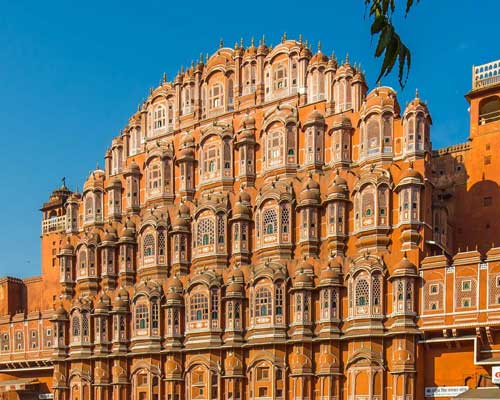Jaipur, the capital city of Rajasthan, India, is renowned for its rich cultural heritage, architectural grandeur, and vibrant history. In July 2019, Jaipur was inscribed as a UNESCO World Heritage Site, recognizing its outstanding value as a planned city that blends traditional Hindu, Mughal, and Western architectural styles. Known as the “Pink City” for its trademark terracotta-colored buildings, Jaipur stands as a symbol of India’s royal past and progressive urban planning.
Founded in 1727 by Maharaja Sawai Jai Singh II, Jaipur was one of the earliest planned cities in India. The city was designed according to Vastu Shastra and Shilpa Shastra, ancient Indian treatises on architecture and urban planning. The city’s grid-like layout, broad avenues, and uniform rows of shops and residences demonstrate an advanced understanding of civic design far ahead of its time. Jaipur was also designed to accommodate growing populations and expanding trade, making it a functional and aesthetically pleasing metropolis.
What makes Jaipur truly unique is its architectural harmony. The city’s iconic pink hue was introduced in 1876 to welcome the Prince of Wales and has since become a defining feature. Its most famous landmarks include the Hawa Mahal (Palace of Winds), with its intricately latticed windows; the City Palace, a fusion of Rajasthani and Mughal styles; Jantar Mantar, an astronomical observatory also recognized by UNESCO; and the imposing Amber Fort located just outside the city. These monuments reflect a rich blend of artistry, science, and cultural synthesis.
The city’s cultural significance goes beyond its monuments. Jaipur is a thriving center of traditional arts and crafts, including blue pottery, block printing, gemstone cutting, and jewelry making. Its bustling bazaars like Johari Bazaar and Bapu Bazaar continue to attract tourists from around the world, offering a sensory experience of Rajasthan’s vibrant culture.
UNESCO recognized Jaipur not just for its architectural splendor but also for its role as a living heritage city. Despite modernization, Jaipur has managed to preserve its historic urban fabric and cultural traditions. This blend of preservation and progress makes Jaipur a model for other cities aiming to balance heritage with development.
In conclusion, Jaipur’s designation as a UNESCO World Heritage Site affirms its place as a global cultural treasure. With its planned layout, iconic architecture, and living traditions, Jaipur offers a glimpse into India’s regal past while continuing to thrive in the present. It stands not only as a city of beauty and history but also as a testament to human ingenuity in urban planning and cultural preservation.
